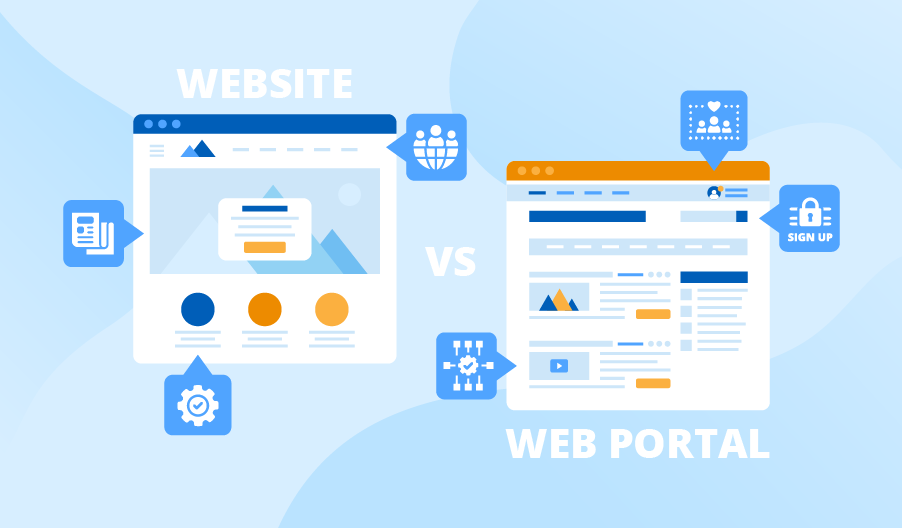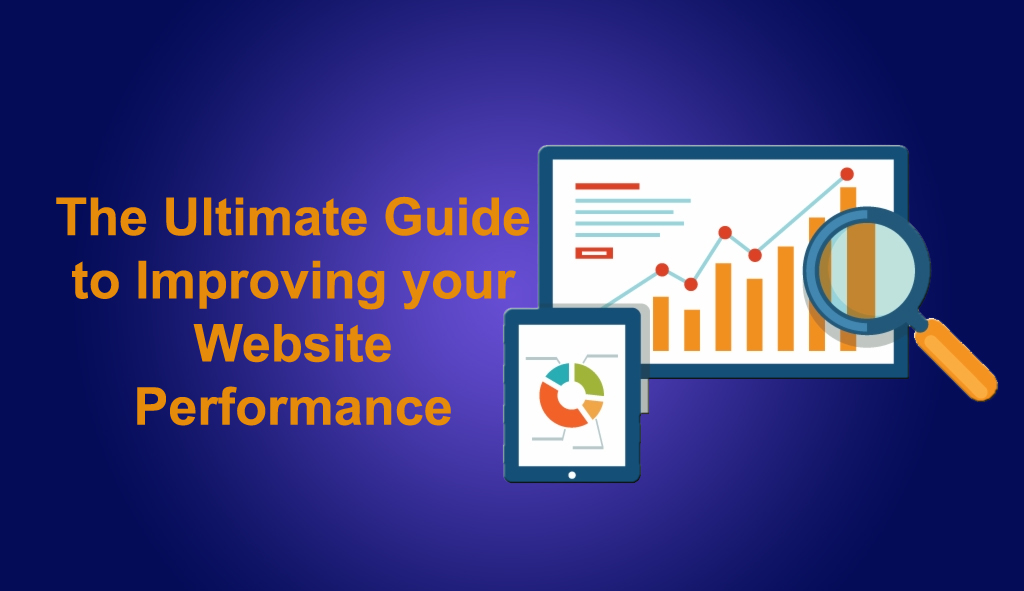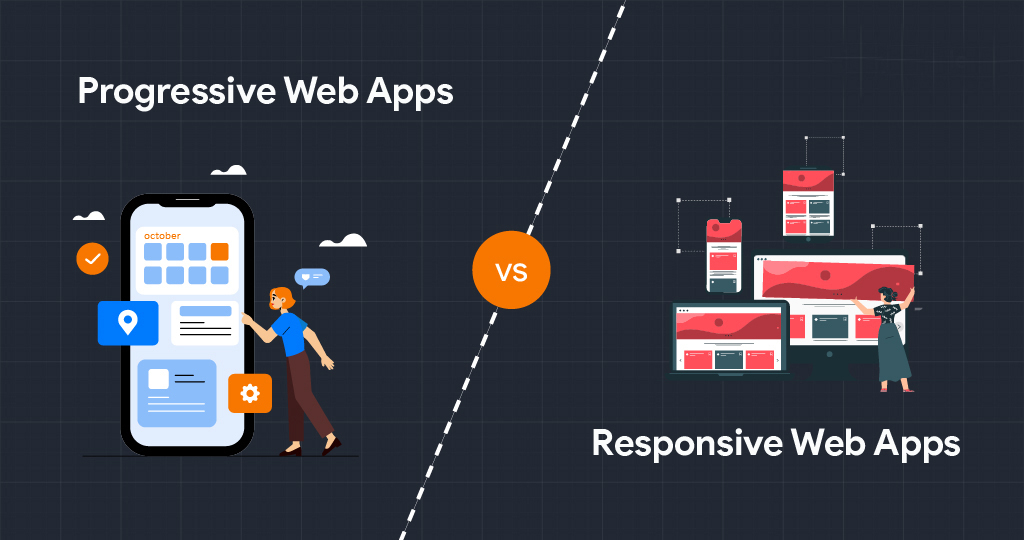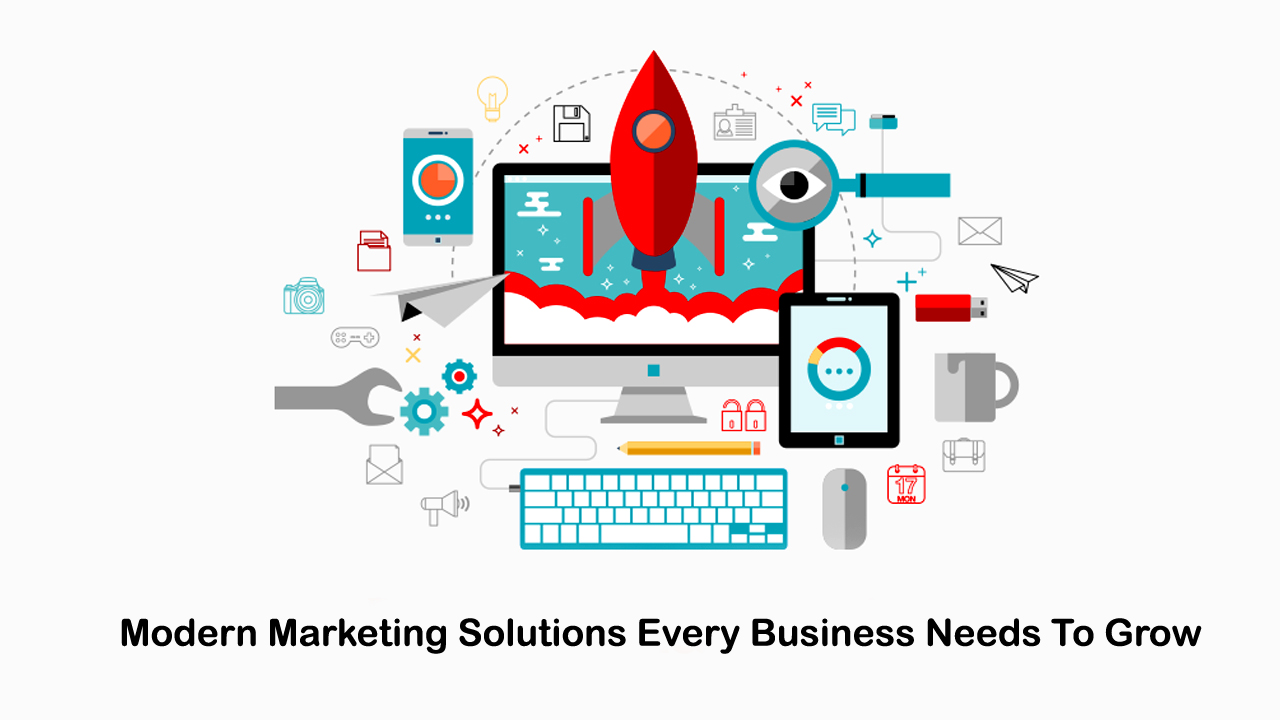
17 Dec, 2022
In recent years, customer experience has surpassed price and product as the primary brand differentiator. 86% of consumers are willing to spend extra for a better customer experience, according to PWC study. In these really difficult times, failing to provide contextual experiences is a prescription for catastrophe. To make the most of their consumer data, organizations must close "personalization" gaps as customers want to tailor omnichannel experiences and grow more digitally sophisticated.
Brands can preserve consumer loyalty, provide quicker ROI, and find new growth possibilities with data-driven personalization. Customers are constantly concerned about how their personal data will be gathered, held, and utilized by various service providers, even though businesses that demonstrate customer intimacy are successful in providing personalized experiences. Personalized marketing attempts are sometimes hampered by privacy concerns. Marketers should create new plans to get value from personal data as many countries implement strict data legislation (such as GDPR and CCPA) to guarantee consumer data safety and privacy.
The present marketing problem appears to be cruel since organizations must both get and use client data effectively while avoiding regulatory violations and severe fines. Only when companies find the ideal balance between personalization and privacy can they lay the foundation for success.
Gartner claims that despite privacy concerns, millennials put their trust in companies and divulge more personal information in exchange for tailored experiences and increased convenience.
Only get the information that is necessary to provide value to your consumers. Customers anticipate that personalization will assist them in the purchasing process. They will be willing to divulge more information if they receive greater value in return for their data. In exchange for quicker loan approvals and cheaper premiums, nearly six out of ten clients would be willing to share information with their banks and insurers about their locations and lifestyles.
Brands should gather data to deliver experiences and services that matter most "in the moment," not only to demonstrate that they know the consumer. A typical example of using data to provide value to customers is Amazon's tailored product suggestions (for instance, advising the user to purchase a back cover or screen protector along with a mobile device).
Clear disclosures of how and what types of personal data are collected should be available on company websites, mobile applications, and other business tools. According to a University of South Carolina poll, 50% of American smartphone users would be prepared to disclose their location data if they were aware of the advantages. If businesses know more about their clients, they should create use cases and emphasize how they can provide customized offerings.
You must include links to the privacy policies that your brands have implemented and describe them in clear English without using legalese. Give the client control over what information they provide to you, who else may access it, and how long it will be kept in your database. Introduce easy methods for requesting client participation while gathering data, including the use of cookies.
Effective data governance should have a focused data strategy that is led by governance stewards appointed from many departments and at all organizational levels. These stewards should establish the guidelines for data governance and give staff instructions on how to become leaders in data protection. It's crucial to align the data governance approach with company goals and business priorities. The proper amount of data governance enables firms to distinguish between company data that pose no security risk and can be shared with workers and high-risk data, such as Personally Identifiable Information (PII), that has to be kept secret.
When organizations strive to take advantage of analytics, digitization, and other revolutionary technologies that might improve their CX, data governance is very essential. It's time for businesses to begin including data governance as a crucial element of their overall organizational strategy.
Since the COVID-19 pandemic's emergence, the average overall cost of data breaches has risen to an all-time high. According to an IBM report, the average overall cost of a breach increased by 10% in 2020–2021. One of the main causes is a failure to comply. Many legal and compliance teams still don't fully understand the nuances of data privacy legislation. Such issues will only get worse as a result of the rise in international data flows, digital transformation, cloud migration, remote working, massive datasets, and the shifting business and technological landscape.
Organizations should first specify and establish the standards they plan to use to handle personal data before putting in place a systematic compliance strategy. All significant organizational units and stakeholders should be included in the plan. Employing SMEs who can create policies and procedures that are compliant with the law is crucial. Companies must identify and tag personal data as it is gathered in order to safeguard PII and sensitive personal information (SPI). Organizations can protect the confidentiality of PII and provide users choice over how the information is shared by using a strong consent management platform.
In line with the advised legal requirements, brands should create appropriate procedures for monitoring, locating, and protecting personal data. No system is totally error-free. To reduce cyber invasions and compliance violations, organizations must routinely review their data breach response strategy and escalation procedure.
new data compliance and privacy rules have emerged. The danger to the business of gathering, organizing, storing, and utilizing consumer data to provide individualized services is increasing daily. Marketers have similar difficulties since they require a variety of user data sets to take full advantage of every opportunity to communicate with clients. The cornerstone of every customization endeavor is solid data. Crawl-walk-run is the strategy used by personalization proponents to build a customer-focused culture with motivated staff.
The crawl-walk-run strategy stresses that firms should create small goals and doable milestones to get from 0 to 100 over time, step by step. It was inspired by these remarks of Martin Luther King Jr.
Crawl personalization concentrates on utilizing readily accessible material and data. For instance, you may utilize consumer geolocation information to customize a portion of your site with information about how to register for an event you're holding or supporting in the area. To target individuals who have received your case study or visited particular web pages, you may also build up drip email campaigns.
The strategy to walk personalization relies on providing more material and gathering more information to target narrowly defined user groups. You might, for instance, send reminders to consumers who have signed up for an event using your website or mobile app. Provide users with more pertinent material if a certain page on your website receives greater traffic to enhance contextualization.
For the run strategy to have a customized, long-lasting impact, further data must be gathered and investigated, significant content must be created, and other systems must be integrated. For instance, you may tailor the content on websites and mobile applications using the information collected by your CRM. The run strategy also makes use of multichannel interactions, such as letting a consumer place a purchase using a mobile e-commerce app and then emailing them a discount code afterward.
The crawl-walk-run method emphasizes the need for business technology to advance in step with each company's growth. It aids businesses in bettering client comprehension and enhancing personalization at every point of contact.
To enable the personalization of traditional digital goods, extensive integrations and adjustments are needed. E-commerce apps, content management systems, and other traditional marketing suites are reluctant to adapt to the needs of the current consumer because they lack integration, rely on antiquated technology, work in isolation, and function in silos. Businesses may close the personalization gap by offering a consistent user experience across all channels and activities with the help of Digital Experience Platforms (DXPs) like Drupal. The technologies that drive personalization across the client experience are well-integrated and coherent in DXPs.
The size of the worldwide DXP market is anticipated to reach USD 15.90 billion by 2025. With the use of a DXP, marketers may develop content blocks or components that can be created dynamically rather than creating and launching an entire page in WordPress. The introduction of headless CMS and commerce, composability, and microservices architecture have made DXPs a very well-liked personalization tool among marketers. The elements that make up current DXPs include built-in AI-powered algorithms, API-first architecture, low code, open architecture, reliable tools and capabilities, disaster protection, and a solid data foundation. DXPs may take advantage of real-time segmentation and customization thanks to all these characteristics.
Businesses should reconsider their data policies and compliance procedures in order to strike the correct balance between user privacy and data-driven personalization. Evaluate the following:
How secure is your enterprise’s cloud system?
Is your company keeping track of important IT and data assets, as well as system risks?
Are your staff members aware of the necessity to safeguard client information?
It is necessary to consider the aforementioned issues as well as a host of others in order to deliver personalization at scale while adhering to data privacy laws.




















.png)



All right reserved by Itgenix Softech Solutions